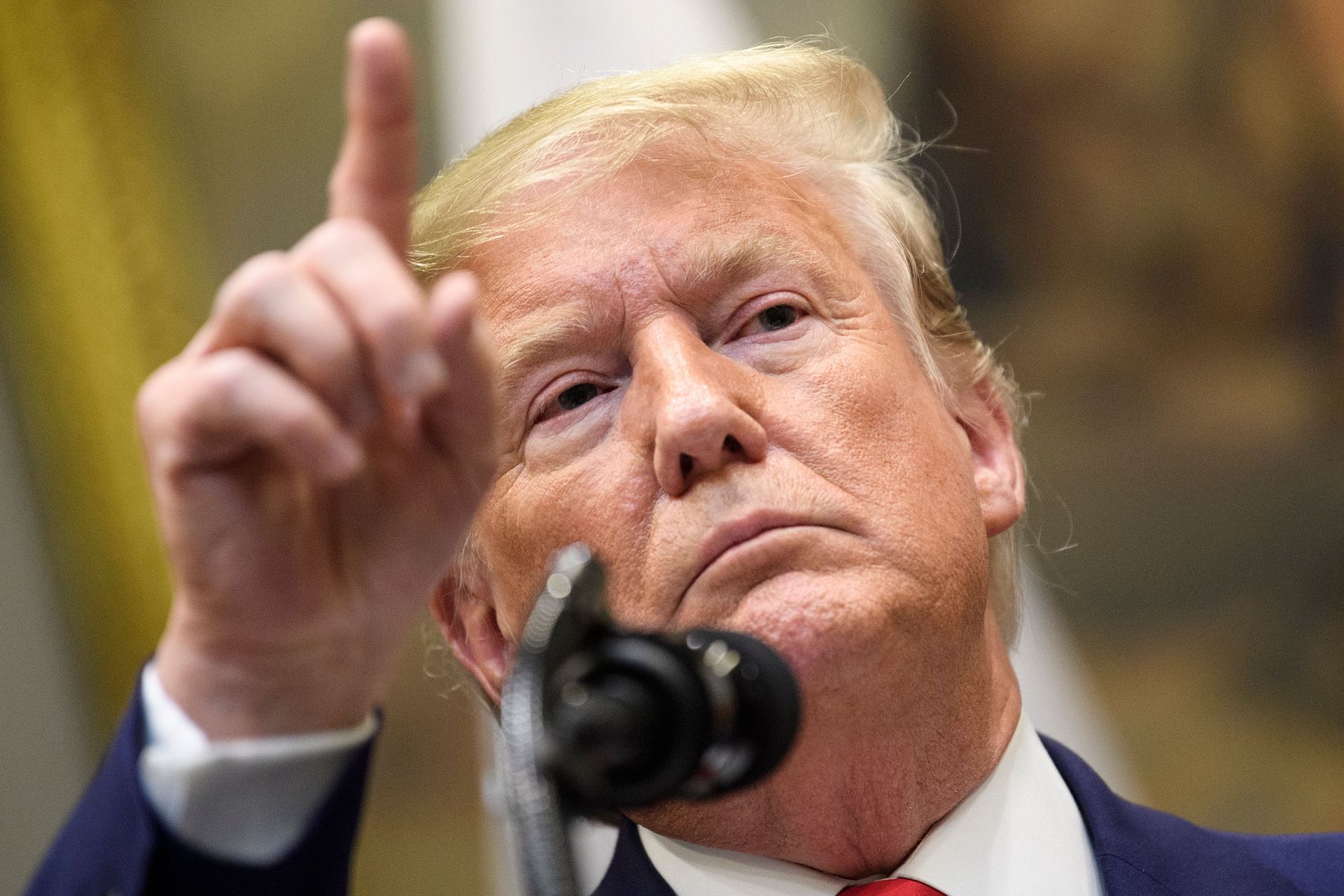The Kremlin’s War On American Democracy Only Got Bigger After 2016

Credit to Author: David Uberti| Date: Tue, 08 Oct 2019 19:05:23 +0000
The Kremlin didn’t end its social media assault on the American political system with the election of Donald Trump in November 2016.
That may have just been the beginning.
The Senate Intelligence Committee said in a report released Tuesday that the pro-Trump disinformation campaign only ramped up after Trump’s surprise victory. Using real and fake accounts across social media platforms, Russian-backed groups like the Internet Research Agency continued to sow discord and undermine institutions, honing in on divisive issues like race, immigration, and the Second Amendment.
"After election day, the Russian government stepped on the gas,” John Kelly, founder of the social media analytics firm Graphika, told senators in August 2018. “Accounts operated by the IRA troll farm became more active after the election, confirming again that the assault on our democratic process is much bigger than the attack on a single election.”
That was particularly true in the six months after Trump’s win. The IRA’s Instagram use jumped 238 percent over that period, YouTube activity spiked 84 percent, and Facebook and Twitter output both grew by more than 50 percent, according to the report.
The campaign, carried out by IRA agents and using automated troll farms jumped on events almost instantly to juice tech platforms’ algorithms and grab an outsize portion of public attention.
“The Committee found that no single group of Americans was targeted by IRA information operatives more than African-Americans,” the Senate Intelligence Committee wrote.
The report released Tuesday was the second part of the Republican-led Senate panel’s inquiry into foreign interference in the 2016 election. It reaffirmed early findings that Moscow overwhelmingly pushed political messaging that aimed to aid Trump’s chances.
“Russia is waging an information warfare campaign against the U.S. that didn’t start and didn’t end with the 2016 election,” Committee Chair Richard Burr, (R-NC), said in a statement. “While Russia may have been the first to hone the modern disinformation tactics outlined in this report, other adversaries, including China, North Korea, and Iran, are following suit.”
The report comes just days after Microsoft announced it thwarted an Iranian-backed attempt to hack email accounts for government officials and an unnamed presidential campaign. The New York Times later reported that it was Trump’s.
Tech companies including Facebook, Twitter, and Google have touted their improved election security since 2016, launching ad transparency tools to shed sunlight on political influence. But the Senate Intelligence Committee’s report Tuesday suggested that only a sliver of the Russian-backed social media campaign in 2016 comprised paid content.
Researchers also fear that evaluating future efforts to disrupt American elections remains difficult to do in real-time. Only Twitter releases datasets about disinformation campaigns, while responsibility for waging the infowar is split between a number of government agencies.
“It’s just a hodgepodge of stuff,” Alina Polyakova, director for the Brookings Institute’s Global Democracy and Emerging Technology, previously told VICE News. “It’s hard to make sense of it.”
The Senate report underlined how that disjointed response may give future disinformation campaigns room to operate. In response to the release of the findings on Tuesday, Sen. Mark Warner, ranking Democrat on the Intelligence Committee, renewed calls for election security measures that have previously died upon arrival in the GOP-controlled Senate.
“Now, with the 2020 elections on the horizon, there’s no doubt that bad actors will continue to try to weaponize the scale and reach of social media platforms to erode public confidence and foster chaos,” he said in a statement. “As was made clear in 2016, we cannot expect social media companies to take adequate precautions on their own.”
Cover: U.S. President Donald Trump speaks during a signing of a US-Japanese trade agreement in the Roosevelt Room of the White House October 7, 2019, in Washington, DC. (Photo by BRENDAN SMIALOWSKI/AFP via Getty Images)
This article originally appeared on VICE US.